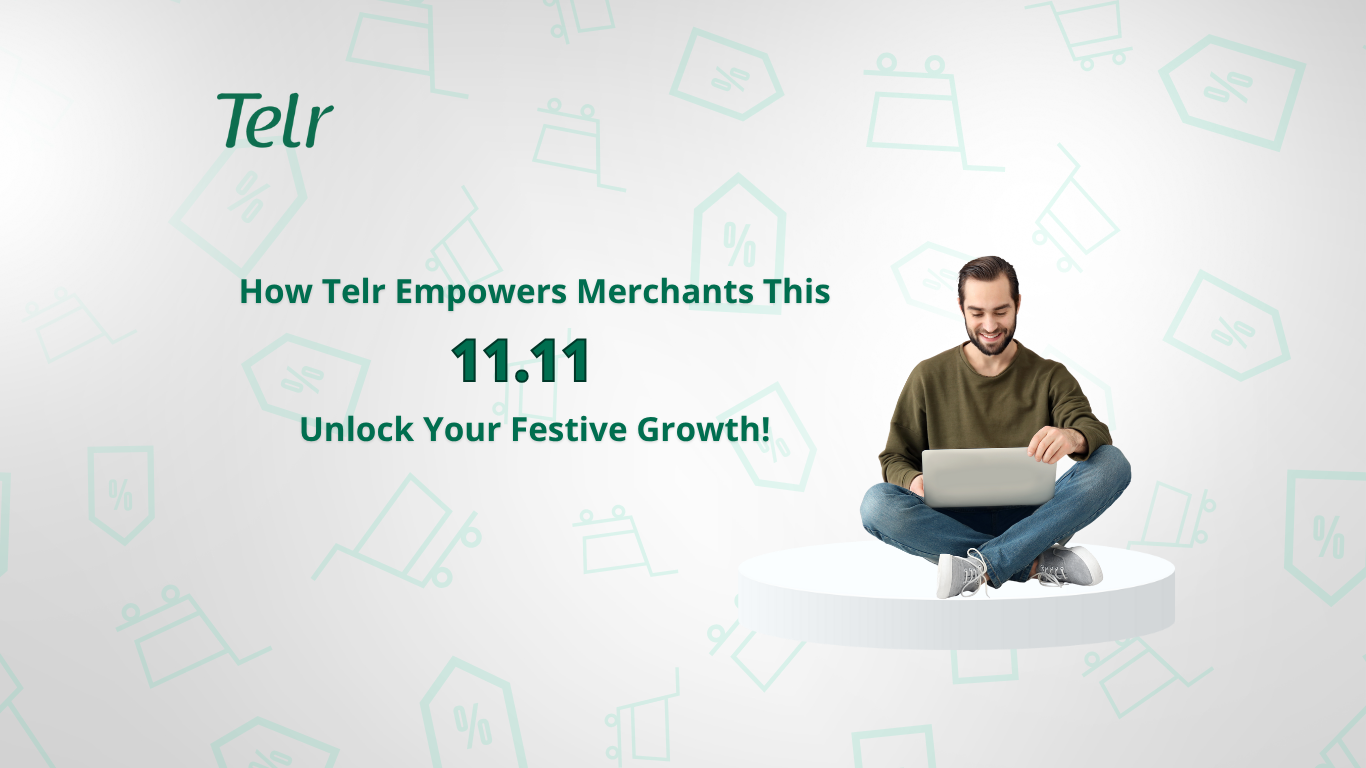
The concept of ‘cashless payments’ is on the rise, due in no small part to the convenience and security that it brings both retailers and consumers, compared to traditional payment methods. A significant factor in the adoption of cashless payments by consumers is the active support given by governments: India’s demonetization activity has been responsible for a sharp increase in cashless payments in that country, and in the UAE, the government has been driving a nationwide move to cashless through its widespread e-government initiatives. A goal in the UAE is to become cashless by 2020 – an aggressive plan given that 75 percent of the country’s transactions are currently cash based, but the ground work is in place to make this vision a reality.
Nonetheless, while the government plays a fundamental role in encouraging society as a whole to embrace digital payment channels, responsibility also lies with online payment service providers to innovate, disrupting the status quo in a way that makes cashless payments a comfortable norm in the lives of consumers. The payments industry is not in a position to simply evolve as consumer habits change – rather, it must lead consumers step by step through their own behavioural evolution. Taking this approach, in close collaboration with online retailers, will give the retailers themselves a competitive edge. An example of this is the rapidly blurring line between cashless transactions online, and transactions in the real world that themselves use online payment channels.
Cashless payments are no longer just an e-commerce consideration, and bricks and mortar operations are now also exploring how to bring the convenience of cashless payments to their customers; on the other side of the coin, online payment service providers are working with online retailers to explore innovative ways of reducing the burden of cash-on-delivery payments for e-commerce transactions (currently accounting for upwards of 75 percent of transactions). Piece by piece, traditional consumer reliance on cash is being replaced with an expectation of innovation and convenience at all points of sale, not just purchasing on websites.
There are few other places in the world where the populace is so demographically ready to adopt cashless payments, an activity which, whether online or at a physical point of sale, are primarily carried out on smartphones. At Telr, we see more than three quarters of transactions conducted on mobiles – and the UAE has a world-beating level of smartphone penetration, running at 78 percent according to research from McKinsey.
Hand-in-hand with this is the use of social media, and here again the UAE leads with a staggering 8.7m Facebook users. Taken together, these demographic indicators – the country’s youthful, urban, tech-friendly population, the abundance of smartphones, and the depth of social media use – combined with the UAE’s modern infrastructure and government push towards a digital economy, make for an environment that is ripe for cashless transactions to rapidly become the default.
This would never happen if there weren’t clear benefits for all parties. For the individual, being able to pay online with a card, or offline with a smartphone, is simple and efficient. As we’ve seen, digital payment channels bring a wide array of payment options to the consumer, who benefit directly from this degree of choice. For businesses, conducting transactions online provides real-time transparency and removes the burden of operating with cash.
At the end of the day, it is a self-perpetuating positive cycle – cashless transactions make shopping simpler, and consumers become more spontaneous as their comfort with these payment channels increase. This will prompt greater interest in cashless payment methods by retailers, and the online payment service providers will continue to innovate to meet their customers’ demand. The UAE’s 2020 goal looks more achievable by the day.
Recent Posts

Telr and Peko ink a strategic partnership agreement to launch Telr Incepta

.png)


.png)
.png)








